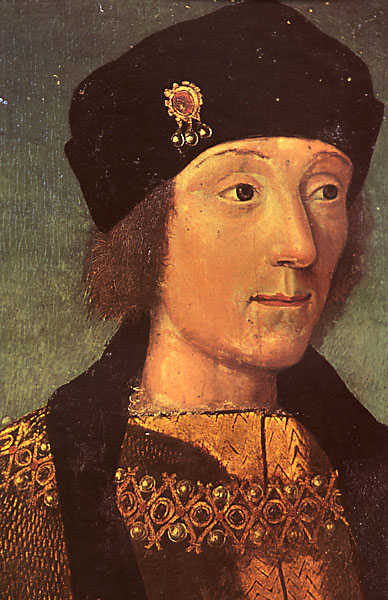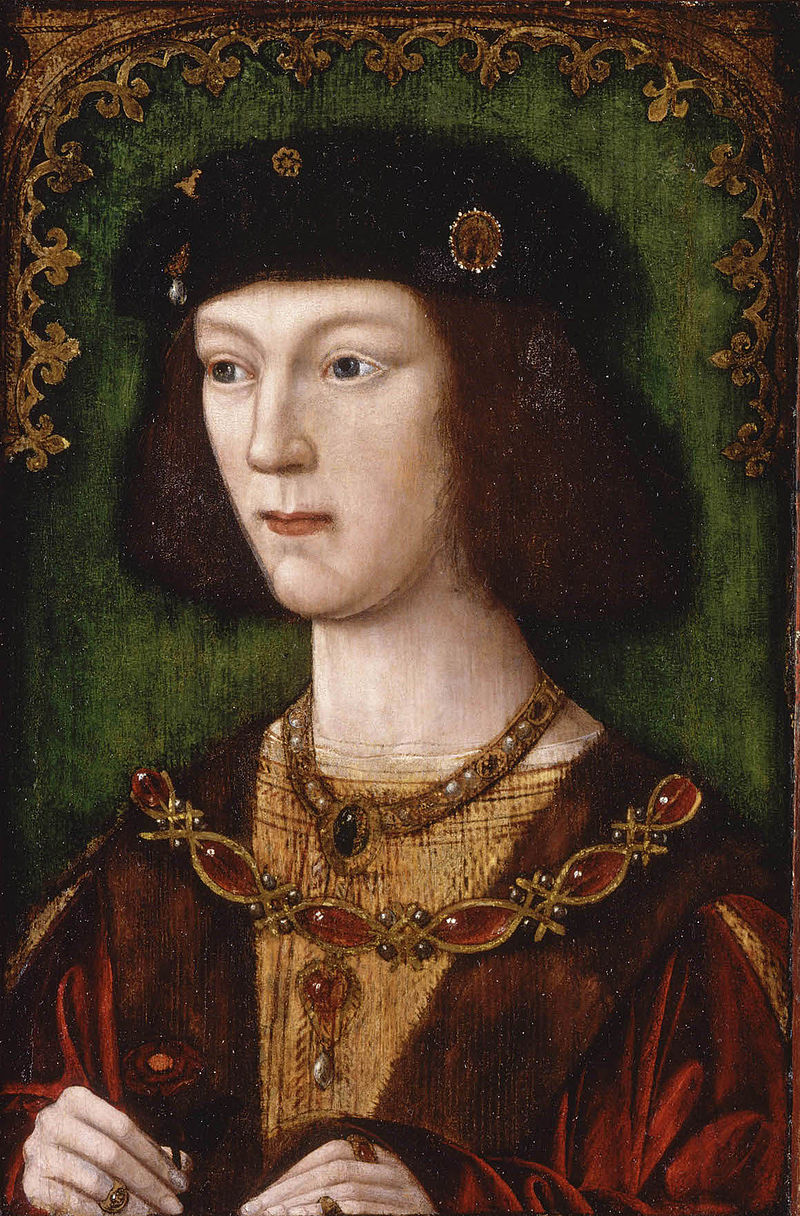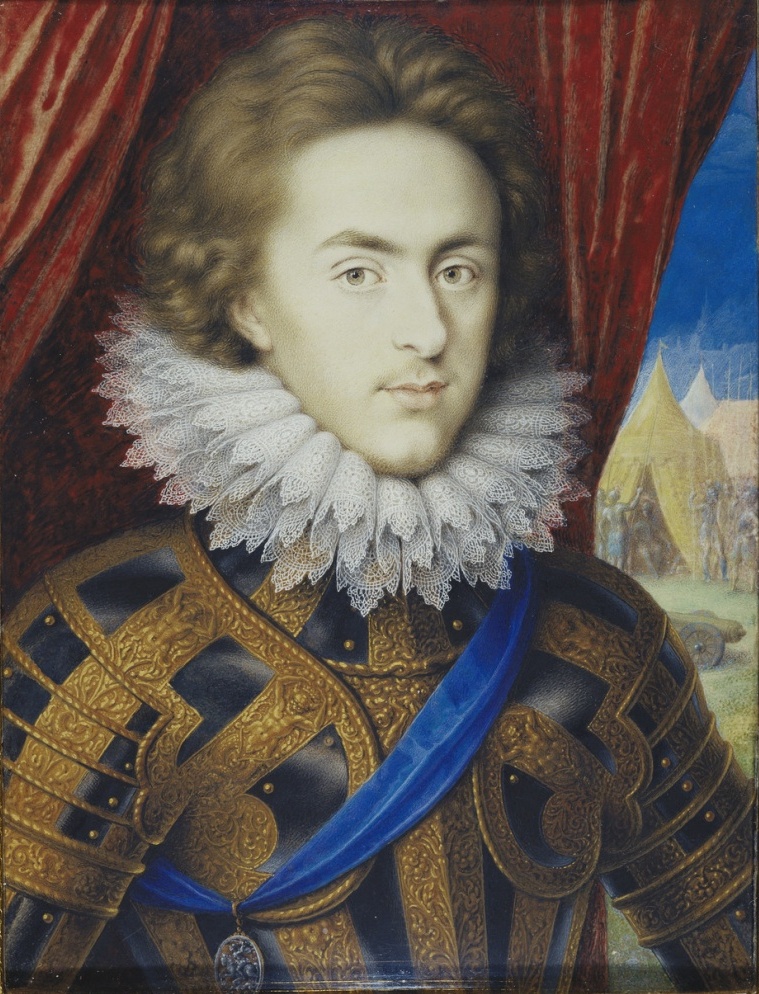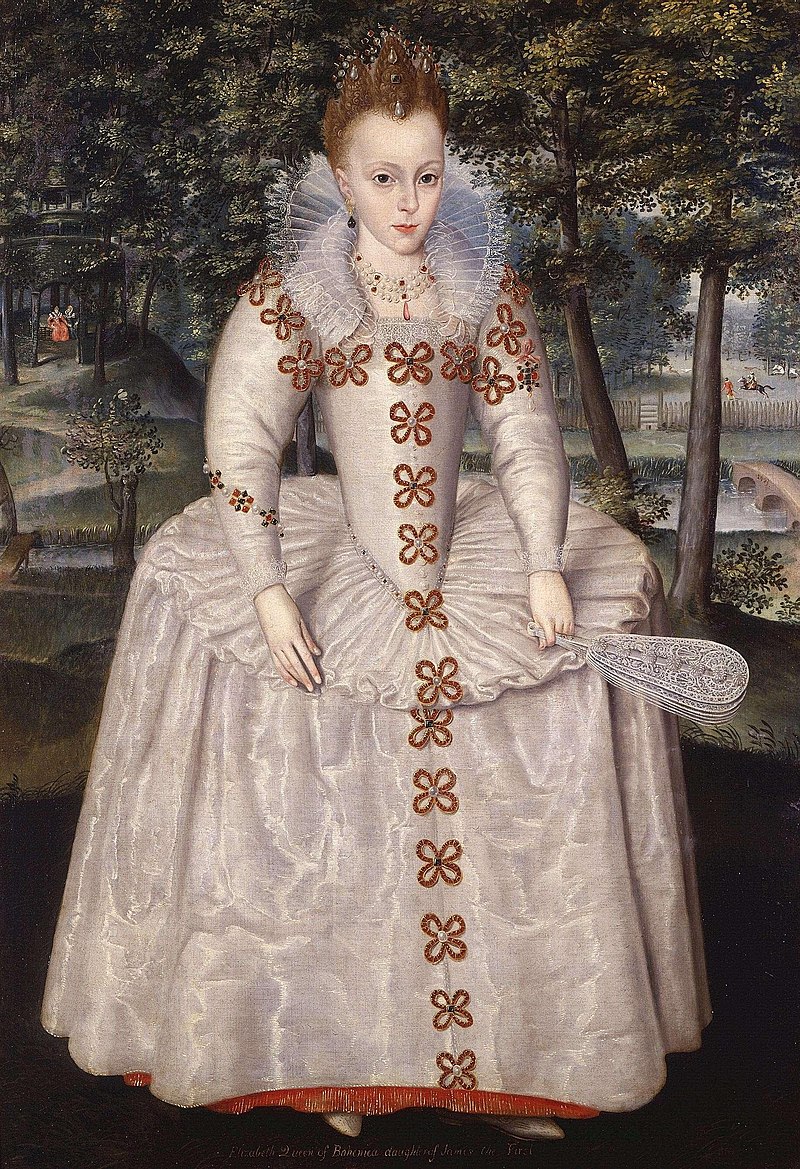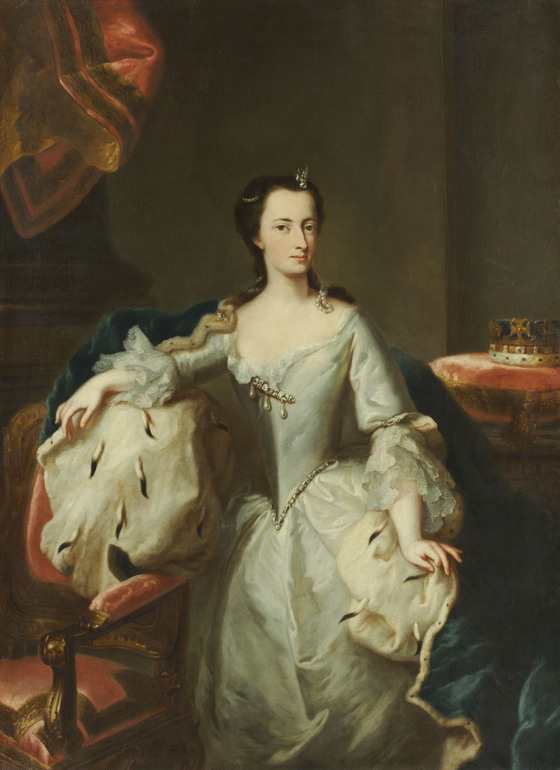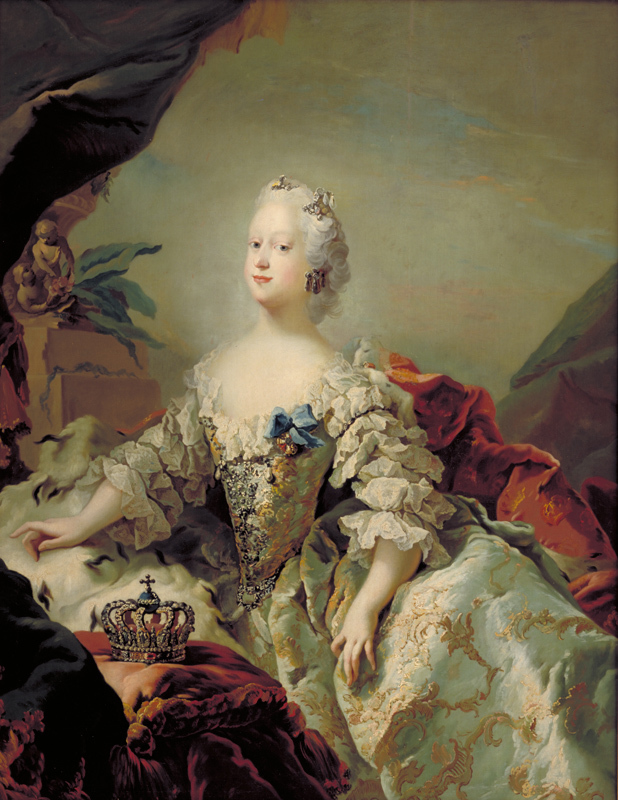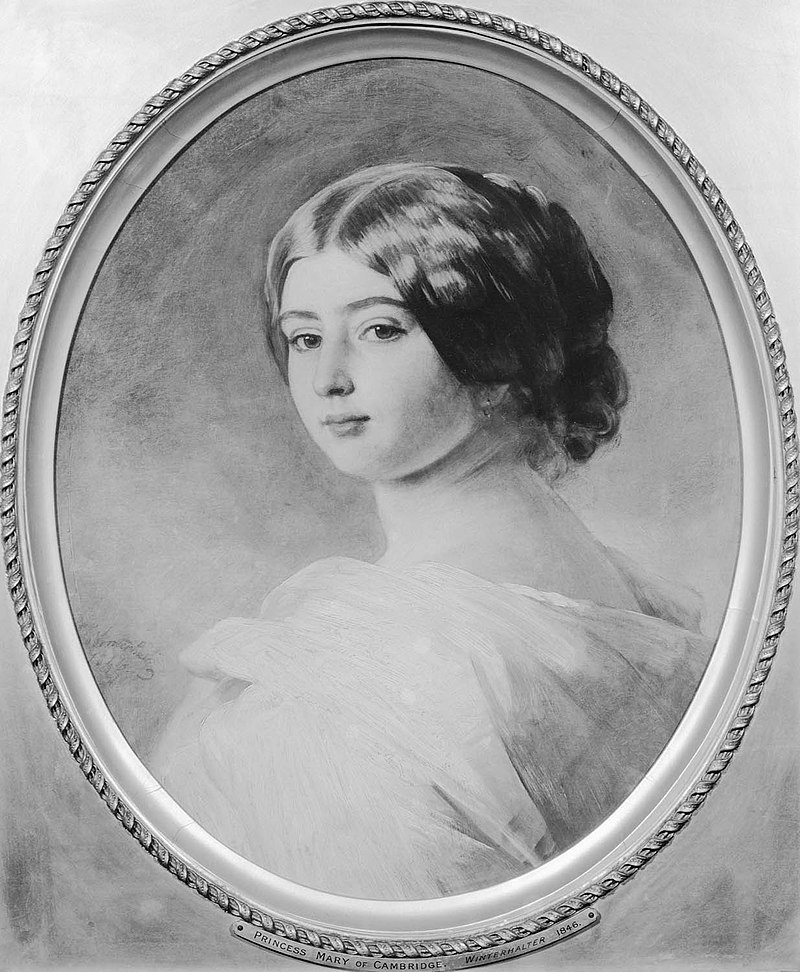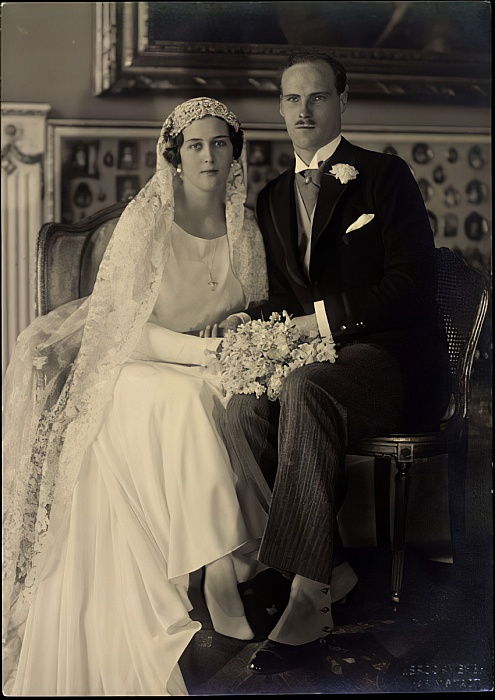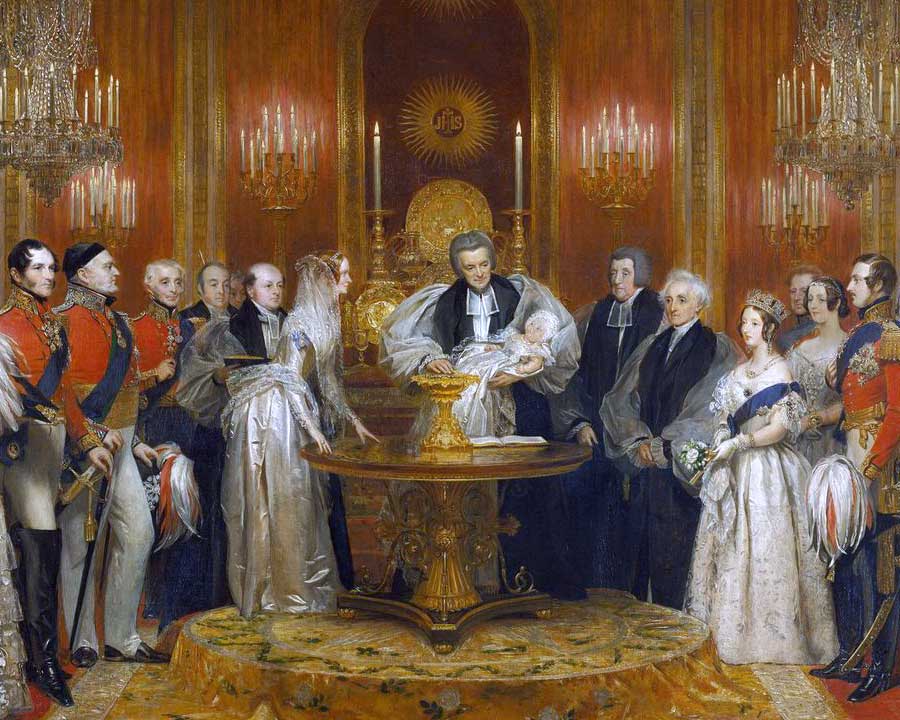by Susan Flantzer
© Unofficial Royalty 2019
The Danish Royal Family are members of the Evangelical Lutheran Church in Denmark sometimes called The Church of Denmark, the established, state-supported church in Denmark. The sovereign is the supreme secular authority in the church. Most recent Danish royal christenings have been held at the Holmens Kirke or the Fredensborg Palace Chapel.

Holmens Kirke; Credit – Wikipedia
The building that is now occupied by the Holmens Kirke in Copenhagen, Denmark was first used as a forge for anchors. In 1619, King Christian IV had it converted into a church for the naval personnel who were housed in the area. King Frederik IX had a career in the Royal Danish Navy and had a great love for the sea. Perhaps that was the reason his three children were christened at Holmens Kirke. His elder daughter and successor Queen Margrethe was also married there.

Fredensborg Palace; Credit – By Glån – https://commons.wikimedia.org/w/index.php?curid=12668133
Fredensborg Palace is located in Fredensborg on the island of Zealand in Denmark. Queen Margrethe II uses the palace for three months in the spring and three months in the autumn. It has always been considered a “family home” for the Danish royal family. During the reign of King Christian IX, his extended family gathered at Fredensborg each summer. Christian’s children included Queen Alexandra of the United Kingdom, Empress Maria Feodorovna of Russia, King George I of Greece and his successor King Frederik VIII of Denmark. He had 39 grandchildren and his grandsons included Nicholas II, Emperor of All Russia, King Constantine I of Greece, King George V of the United Kingdom, King Christian X of Denmark and King Haakon VII of Norway. Over the years, numerous large family reunions were held at Fredensborg Palace with children, in-laws, grandchildren, and great-grandchildren. The current Danish royal family continues the practice and it is a logical site for family christenings.
Embed from Getty Images
Danish royal christening gown
It is interesting to note that among the godparents of Queen Margrethe II, who was born in 1940, is Prince Arthur, Duke of Connaught, her maternal great-grandfather, the son of Queen Victoria of the United Kingdom. The Duke of Connaught died in 1942 at the age of 91. His sister Princess Louise, Duchess of Argyll also died at the age of 91, making both Arthur and Louise the longest-lived of Queen Victoria’s children.
********************
King Frederik IX of Denmark
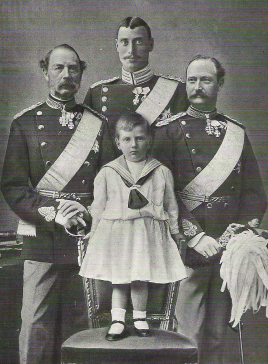
Four generations of Danish Kings: Prince Frederik (IX) standing on the chair surrounded by (left to right) his great-grandfather King Christian IX, his father Prince Christian (X), his grandfather Crown Prince Frederik (VIII); Credit – Wikipedia
- Unofficial Royalty: King Frederik IX of Denmark
- Parents: King Christian X and Queen Alexandrine, born Alexandrine of Mecklenburg-Schwerin
- Born: March 11, 1899, at Sorgenfri Palace in Kongens Lyngby, Zealand, Denmark
- Christened: April 9, 1899, at Sorgenfri Palace in Kongens Lyngby, Zealand, Denmark
- Names: Christian Frederik Franz Michael Carl Valdemar Georg
- Godparents: had 21 godparents including
- King Christian IX of Denmark, paternal great-grandfather
- Nicholas II, Emperor of All Russia, his first cousin once removed
- King George I of Greece, his paternal grand uncle, born Prince Vilhelm of Denmark
- King Oscar II of Sweden and Norway
- Crown Prince Frederik of Denmark, later King Frederik VIII, his paternal grandfather
- The Prince of Wales, later King Edward VII of the United Kingdom, his great-uncle by marriage
- Friedrich Franz IV, Grand Duke of Mecklenburg-Schwerin, his maternal uncle
********************
Queen Ingrid of Denmark, born Princess Ingrid of Sweden, wife of King Frederik IX

Ingrid on the right with her family at the christening of her brother Bertil; Credit – Wikipedia
- Unofficial Royalty: Ingrid of Sweden, Queen of Denmark
- Parents: Crown Prince Gustav Adolf of Sweden, later King Gustaf VI Adolf of Sweden, and his first wife Crown Princess Margareta of Sweden, born Princess Margaret of Connaught, a granddaughter of Queen Victoria
- When Ingrid was ten-years-old, her mother died following mastoid surgery while in the eighth month of her sixth pregnancy
- Born: March 28, 1910, at the Royal Palace in Stockholm, Sweden
- Christened: May 5, 1910, in the Royal Chapel at the Royal Palace in Stockholm, Sweden
- Names: Ingrid Victoria Sofia Louise Margareta
- Godparents:
- King Gustav V of Sweden, her paternal grandfather
- Queen Victoria of Sweden, her paternal grandmother, born Victoria of Baden
- Queen Sofia of Sweden, her paternal great-grandmother, born Sophia of Nassau
- Prince Arthur, Duke of Connaught, her maternal grandfather
- Duchess of Connaught, her maternal grandmother, born Louise Margaret of Prussia
- Dowager Grand Duchess Luise of Baden, her paternal great-grandmother, born Luise of Prussia
- Empress Alexandra Feodorovna of Russia, her maternal first cousin once removed, born Alix of Hesse and by Rhine
- Princess Alice, Countess of Athlone, her maternal first cousin once removed, born Alice of Albany
- King George V of the United Kingdom, her maternal first cousin once removed
- Prince Adalbert of Prussia, her second cousin
- Grand Duchess of Baden, born Hilda of Nassau
- Princess Teresia of Sweden, Duchess of Dalarna, born Therese of Saxe-Altenburg
********************
Queen Margrethe of Denmark
(see below)
********************
Princess Benedikte of Denmark, Princess of Sayn-Wittgenstein-Berleburg

Princess Benedikte on the left with her sisters Margrethe and Anne-Marie; Credit – Wikipedia
- Unofficial Royalty: Princess Benedikte of Denmark, Princess of Sayn-Wittgenstein-Berleburg
- Parents: King Frederik IX and Queen Ingrid, born Princess Ingrid of Sweden
- Born: April 29, 1944, at Amalienborg Palace in Copenhagen, Denmark
- Christened: May 29, 1944, at Holmens Kirke in Copenhagen, Denmark
- Godparents:
- King Christian X of Denmark, her paternal grandfather
- Queen Alexandrine of Denmark, her paternal grandmother, born Alexandrine of Mecklenburg-Schwerin
- Prince Gustav of Denmark, her paternal great-uncle
- King Gustav V of Sweden, her maternal great-grandfather
- Prince Sigvard of Sweden, Duke of Uppland, her maternal uncle
- Princess Caroline-Mathilde of Denmark, her paternal aunt by marriage
- Princess Ingeborg of Denmark, Princess of Sweden, her paternal great-aunt
- Princess Margaretha of Sweden, her first cousin once removed
- Sir Alexander Ramsay, her maternal great-uncle by marriage
- Queen Elizabeth of the United Kingdom, wife of her paternal and maternal second cousin once removed, later The Queen Mother, born Lady Elizabeth-Bowes-Lyon
********************
Princess Anne-Marie of Denmark, Queen of Greece
Embed from Getty Images
King Christian X of Denmark and Queen Alexandrine who is holding Princess Anne-Marie and their grandchildren. From left, Prince Christian to the left of the queen, Princess Benedikte between the king and queen; in the back Princess Elisabeth, Prince Ingolf and Princess Margrethe
- Unofficial Royalty: Princess Anne-Marie of Denmark, Queen of Greece
- Parents: King Frederik IX and Queen Ingrid, born Princess Ingrid of Sweden
- Born: August 30, 1946, at Amalienborg Palace in Copenhagen, Denmark
- Christened: October 9, 1946, at Holmens Kirke in Copenhagen, Denmark
- Names: Anne-Marie Dagmar Ingrid
- Godparents:
- King Christian X of Denmark, her paternal grandfather
- Queen Alexandrine of Denmark, her paternal grandmother
- Crown Prince Gustav Adolf of Sweden, later King Gustav VI Adolf, her maternal grandfather
- Prince Bertil of Sweden, her maternal uncle
- King Haakon VII of Norway, her paternal first cousin once removed
- Prince George of Greece and Denmark, her first cousin twice removed
- Crown Princess Märtha of Norway. born Märtha of Sweden, her maternal first cousin once removed
- Queen Mary of the United Kingdom, wife of her paternal and maternal first cousin twice removed, born Prince Victoria Mary of Teck
- Princess Dagmar of Denmark, her paternal great-aunt
- Princess Juliana of the Netherlands, later Queen Juliana of the Netherlands
********************
Queen Margrethe II of Denmark
Embed from Getty Images
Margrethe and her parents
- Unofficial Royalty: Queen Margrethe II of Denmark
- Parents: King Frederik IX and Queen Ingrid, born Princess Ingrid of Sweden
- Born: April 16, 1940, at Amalienborg Palace in Copenhagen, Denmark
- Christened: May 14, 1940, at Holmens Kirke in Copenhagen, Denmark
- Names: Margrethe Alexandrine Þorhildur Ingrid – Since her paternal grandfather was also the King of Iceland, she was given an Icelandic name, Þórhildur (Thorhildur).
Godparents:- King Christian X of Denmark, her paternal grandfather
- Hereditary Prince Knud of Denmark, her paternal uncle
- Prince Axel of Denmark, her paternal grandfather’s first cousin
- King Gustaf V of Sweden, her maternal great-grandfather
- Crown Prince Gustaf Adolf of Sweden, her maternal grandfather, future King Gustaf VI Adolf
- Prince Gustaf Adolf, Duke of Västerbotten, her maternal uncle
- Prince Arthur, Duke of Connaught, her maternal great-grandfather, son of Queen Victoria
********************
King Frederik X of Denmark
- Unofficial Royalty: King Frederik X of Denmark
- Parents: Queen Margrethe II and Prince Henrik, born Henri de Laborde de Monpezat
- Born: May 26, 1968, at the Rigshospitalet in Copenhagen, Denmark
- Christened: June 24, 1968, at Holmens Kirke in Copenhagen, Denmark
- Names: Frederik André Henrik Christian
- Godparents:
- Count Etienne de Laborde de Monpezat, his paternal uncle
- Queen Anne-Marie of Greece, his maternal aunt
- Prince George of Denmark, his maternal cousin twice removed
- Grand Duchess Joséphine-Charlotte of Luxembourg, born Joséphine-Charlotte of Belgium
- Baron Christian de Watteville-Berckheim
- Birgitta Juel Hillingsø, his mother’s friend
********************
Crown Prince Christian of Denmark
Embed from Getty Images
Crown Princess Mary holding her son as his father and godparents, Crown Prince Haakon of Norway, Crown Princess Mett-Marit of Norway and Crown Princess Victoria of Sweden, look on
- Unofficial Royalty: Crown Prince Christian of Denmark
- Parents: King Frederik X and Queen Mary, born Mary Donaldson
- Born: October 15, 2005, at the Rigshospitalet in Copenhagen, Denmark
- Christened: January 21, 2006, at the Christiansborg Palace Chapel in Copenhagen, Denmark
- Names: Christian Valdemar Henri John
- Godparents:
- Prince Joachim of Denmark, his paternal uncle
- Jane Stephens, his maternal aunt
- Crown Prince Haakon of Norway, his third cousin once removed
- Crown Princess Mette-Marit of Norway, born Mette-Marit Tjessem Høiby
- Crown Princess Victoria of Sweden, his second cousin once removed
- Crown Prince Pavlos of Greece, his first cousin once removed
- Jeppe Handwerk, his father’s friend
- Hamish Campbell, his mother’s friend
********************
Princess Isabella of Denmark
Embed from Getty Images
Crown Princess Mary holds her daughter Princess Isabella while Crown Prince Frederik holds their son Prince Christian, with Isabella’s godparents from left: Major Peter Heering, Nadine Johnston, Maria Louise Skeel, Princess Mathilde of Belgium, Princess Alexia of Greece and Denmark and Christian Buchwald
- Unofficial Royalty: Princess Isabella of Denmark
- Parents: King Frederik X and Queen Mary, born Mary Donaldson
- Born: April 21, 2007, at the Rigshospitalet in Copenhagen, Denmark
Christened: July 1, 2007, at Fredensborg Palace Chapel in Fredensborg, Zealand, Denmark - Names: Isabella Henrietta Ingrid Margrethe
- Godparents:
- Queen Mathilde of Belgium, then the Duchess of Brabant, born Mathilde d’Udekem d’Acoz
- Princess Alexia of Greece and Denmark, her first cousin once removed
- Nadine Johnston, her parents’ friend
- Christian Buchwald, her parents’ friend
- Major Peter Heering, her parents’ friend
- Marie Louise Skeel, her parents’ friend
********************
Prince Vincent of Denmark
- Unofficial Royalty: Prince Vincent of Denmark
- Parents: King Frederik X and Queen Mary, born Mary Donaldson
- Born: January 8, 2011, at the Rigshospitalet in Copenhagen, Denmark
- Christened: April 14, 2011, at Holmens Kirke in Copenhagen, Denmark
- Names: Vincent Frederik Minik Alexander – Minik is a Greenlandic name given in honor of Denmark’s autonomous territory Greenland
- Godparents:
- John Stuart Donaldson, his maternal uncle
- King Felipe VI of Spain, then the Prince of Asturias
- Gustav, 7th Prince of Sayn-Wittgenstein-Berleburg, his father’s first cousin
- Count Michael Ahlefeldt-Laurvig-Bille, his father’s friend
- Baroness Helle Reedtz-Thott, his parents’ friend
- Caroline Heering, his mother’s lady-in-waiting
********************
Prince Josephine of Denmark
- Unofficial Royalty: Princess Josephine of Denmark
- Parents: King Frederik X and Queen Mary, born Mary Donaldson
- Born: January 8, 2011, at the Rigshospitalet in Copenhagen, Denmark
- Christened: April 14, 2011, at Holmens Kirke in Copenhagen, Denmark
- Names: Josephine Sophia Ivalo Mathilda – Ivalo is a Greenlandic name given in honor of Denmark’s autonomous territory Greenland.
- Godparents:
- Princess Marie of Denmark, wife of her paternal uncle, born Marie Cavallier
- Prince Carlo, Duke of Castro
- Patricia Bailey, her maternal aunt
- Count Bendt Wedell, her parents’ friend
- Birgitte Handwerk, her mother’s friend
- Josephine Rechner, her mother’s friend
********************
Prince Joachim of Denmark
- Unofficial Royalty: Prince Joachim of Denmark
- Parents: Queen Margrethe II and Prince Henrik, born Henri de Laborde de Monpezat
- Born: June 7, 1969, at the Rigshospitalet in Copenhagen, Denmark
- Christened: July 15, 1969, at Aarhus Cathedral in Aarhus, Jutland, Denmark
- Names: Joachim Holger Waldemar Christian
- Godparents:
- Princess Benedikte of Denmark, his maternal aunt
- Princess Christina of Sweden, his maternal first cousin once removed
- Jean Baptiste de Laborde de Monpezat, his paternal uncle
- Crown Prince Harald of Norway, his maternal second cousin once removed, the future King Harald V of Norway
********************
This article is the intellectual property of Unofficial Royalty and is NOT TO BE COPIED, EDITED, OR POSTED IN ANY FORM ON ANOTHER WEBSITE under any circumstances. It is permissible to use a link that directs to Unofficial Royalty.







